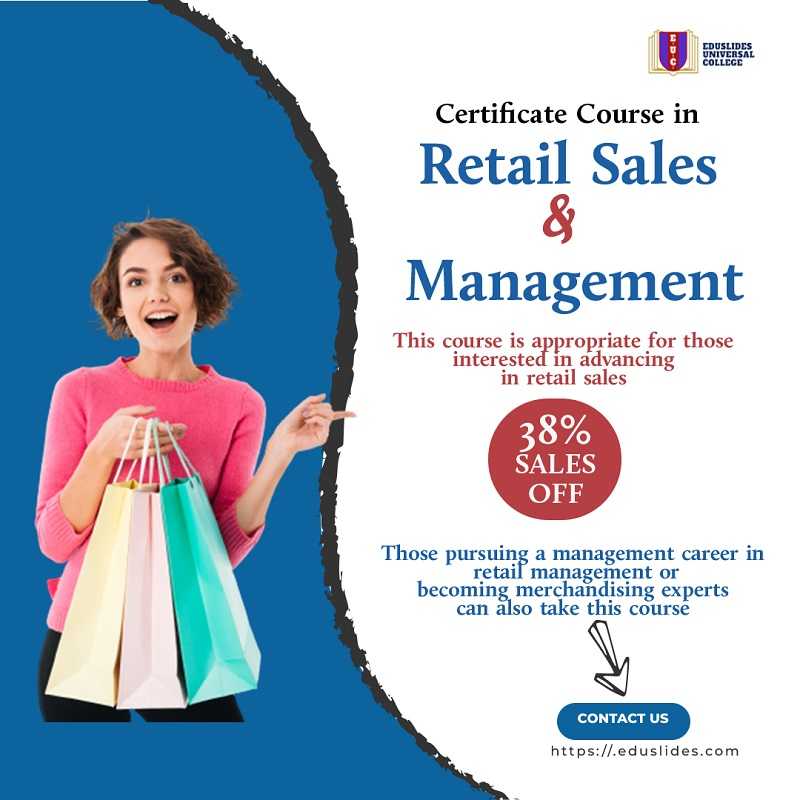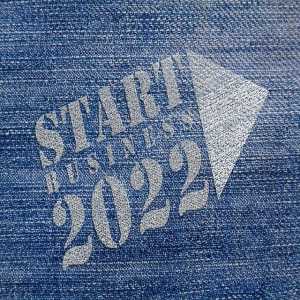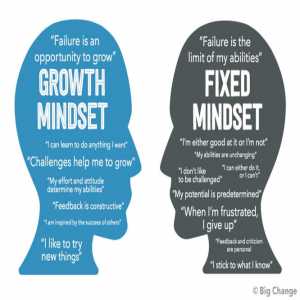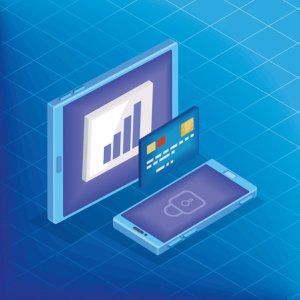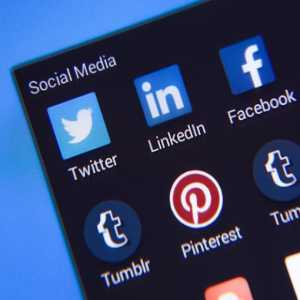How To Create A Presentation That Feels Like A TED Talk
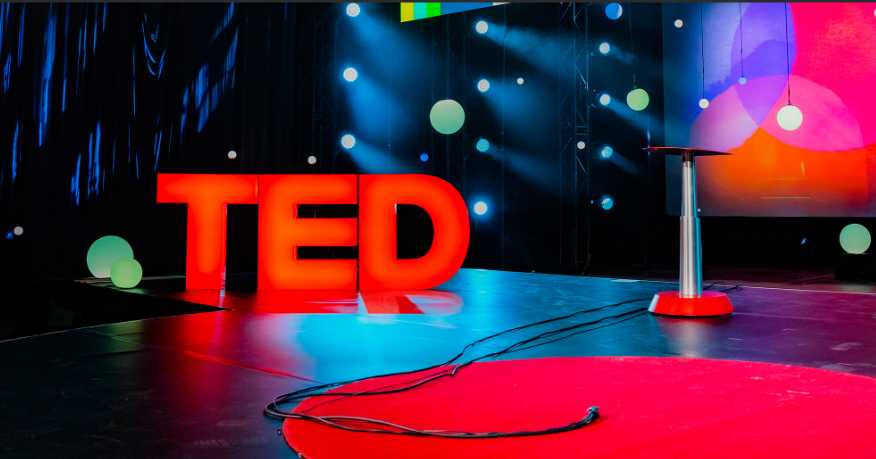
TED Talks have become the gold standard for presentations. They are engaging, thought-provoking, and often leave a lasting impact on the audience.
But what makes a TED Talk so compelling? Is it the speaker’s charisma, the content, or the delivery?
The truth is, it’s a combination of all these elements, carefully crafted to create a memorable experience.
If you’ve ever wondered how to create a presentation that feels like a TED Talk, you’re in the right place.
This article will break down the key ingredients and provide actionable tips to help you deliver a presentation that captivates your audience.
Steps to Create a Presentation That Feels Like a TED Talk
1. Start with a Powerful Idea
At the heart of every TED Talk is a powerful idea worth sharing. This idea is often simple yet profound, something that challenges conventional thinking or offers a fresh perspective. For example, Simon Sinek’s TED Talk, “Start With Why,” revolves around the idea that people don’t buy what you do; they buy why you do it. This concept is both simple and transformative.
How to Find Your Big Idea:
-
Identify Your Passion: What topic excites you? What do you want your audience to take away?
-
Simplify Your Message: Can you summarize your idea in one sentence? If not, refine it until you can.
-
Make It Relatable: Your idea should resonate with your audience’s experiences or aspirations.
Example: If you’re presenting on productivity, your big idea could be: “Productivity isn’t about doing more; it’s about doing what matters.”
2. Craft a Compelling Story
TED Talks are not just about data and facts; they’re about storytelling. Stories humanize your message and make it memorable. Think about Brené Brown’s TED Talk on vulnerability. She didn’t just present research; she shared personal stories that made her message relatable and impactful.
How to Incorporate Storytelling:
-
Start with a Hook: Begin with a personal anecdote, a surprising fact, or a thought-provoking question.
-
Build a Narrative Arc: Structure your story with a clear beginning, middle, and end. Include challenges, turning points, and resolutions.
-
Use Vivid Details: Paint a picture with your words to help your audience visualize the story.
Example: If you’re talking about innovation, share a story about a time when you faced a problem and came up with a creative solution. Describe the struggle, the “aha” moment, and the outcome.
3. Design Visually Stunning Slides
TED Talks are known for their minimalist and visually appealing slides. They complement the speaker’s message without overwhelming the audience. For instance, in Hans Rosling’s TED Talk on global trends, he used dynamic data visualizations to make complex information easy to understand.
How to Design TED-Worthy Slides:
-
Less is More: Use fewer words and more visuals. Each slide should convey one key idea.
-
Use High-Quality Images: Avoid clip art or low-resolution graphics. Opt for professional, relevant images.
-
Incorporate Data Visualizations: Use charts, graphs, and infographics to present data in an engaging way.
-
Stick to a Consistent Theme: Choose a color palette and font style that aligns with your message.
Example: If you’re presenting on climate change, use striking images of nature, simple charts to show trends, and minimal text to emphasize key points.
4. Master the Art of Delivery
A great idea and beautiful slides won’t matter if your delivery falls flat. TED speakers are known for their confident, conversational tone and engaging body language. Take Amy Cuddy’s TED Talk on body language, where she not only shared research but also demonstrated power poses, making her talk interactive and memorable.
How to Deliver Like a TED Speaker:
-
Practice, Practice, Practice: Rehearse your presentation multiple times to build confidence and fluency.
-
Use Vocal Variety: Vary your tone, pace, and volume to keep your audience engaged.
-
Make Eye Contact: Connect with your audience by looking at them, not just your slides.
-
Use Gestures: Natural hand movements can emphasize your points and make you appear more confident.
-
Pause for Effect: Silence can be powerful. Use pauses to let key points sink in.
Example: If you’re discussing a breakthrough idea, pause after revealing it to let the audience absorb its significance.
5. Engage Your Audience
TED Talks are not one-way lectures; they’re conversations with the audience. Speakers often ask questions, share relatable experiences, or use humor to connect with their listeners. For example, Sir Ken Robinson’s TED Talk on education is filled with humor and anecdotes that keep the audience engaged.
How to Engage Your Audience:
-
Ask Questions: Pose thought-provoking questions to get your audience thinking.
-
Use Humor: Light-hearted jokes or funny anecdotes can break the ice and make your talk more enjoyable.
-
Encourage Participation: If appropriate, ask for a show of hands or invite brief interactions.
-
Share Relatable Experiences: Talk about challenges or successes that your audience can identify with.
Example: If you’re presenting on work-life balance, ask the audience, “How many of you have ever felt overwhelmed by your to-do list?” This instantly creates a connection.
6. Keep It Concise
TED Talks are typically 18 minutes or shorter. This time constraint forces speakers to be concise and focus on their core message. As TED curator Chris Anderson says, “18 minutes is long enough to be serious and short enough to hold people’s attention.”
How to Keep Your Presentation Concise:
-
Edit Ruthlessly: Cut out any information that doesn’t directly support your main idea.
-
Focus on Key Points: Limit yourself to 3-5 main points to avoid overwhelming your audience.
-
Use Bullet Points: Instead of long paragraphs, use bullet points to convey information succinctly.
Example: If you’re presenting on leadership, focus on three key traits of great leaders and provide examples for each.
7. End with a Call to Action
A great TED Talk doesn’t just end; it leaves the audience inspired to take action. For instance, Melinda Gates’ TED Talk on empowering women ends with a call to action: “If you want to lift up humanity, empower women.”
How to End Strong:
-
Summarize Your Key Points: Briefly recap your main ideas to reinforce your message.
-
Inspire Action: Encourage your audience to think, feel, or do something differently.
-
End with a Quote or Story: Leave them with something memorable to ponder.
Example: If you’re presenting on sustainability, end with a call to action like, “Start small—reduce, reuse, and recycle. Together, we can make a difference.”
In conclusion, creating a presentation that feels like a TED Talk is within your reach. By focusing on a powerful idea, crafting a compelling story, designing visually stunning slides, mastering your delivery, engaging your audience, keeping it concise, and ending with a call to action, you can deliver a presentation that inspires and resonates.
Remember, the goal is not to imitate TED speakers but to embrace the principles that make their talks so impactful.
So, the next time you step on stage or present in a meeting, channel your inner TED speaker and leave your audience wanting more.
After all, as TED’s motto goes, “Ideas worth spreading” are only as powerful as the way they’re shared.
Author Bio
Writer comprises full-time and freelance writers that form an integral part of the Editorial team of Hubslides working on different stages of content writing and publishing with overall goals of enriching the readers' knowledge through research and publishing of quality content.
Article Comments
No Comments!
At present there are zero comments on this article.
Why not be the first to make a comment?
Similar Articles
Sponsor
Search Articles
Experts Column
Latest Articles
Featured Articles
Most Popular Articles

